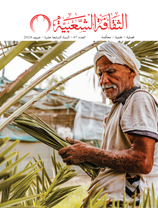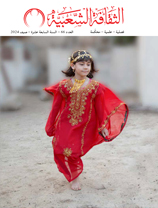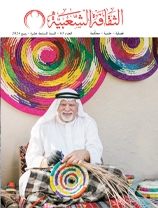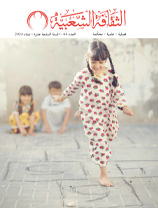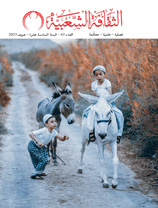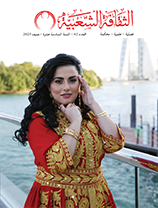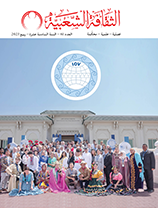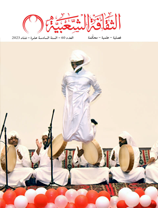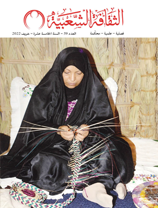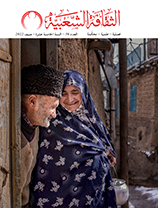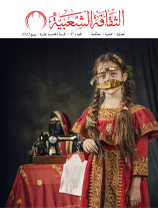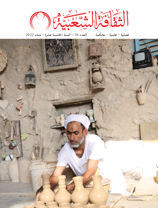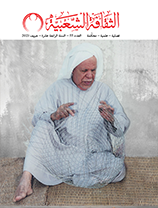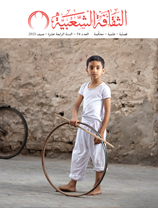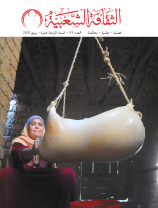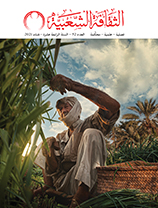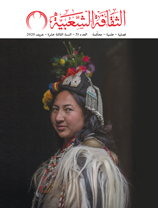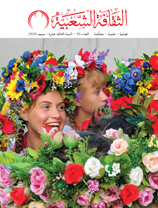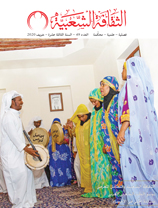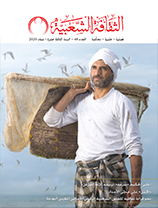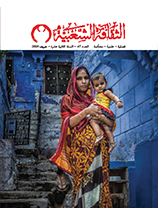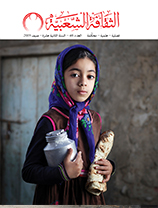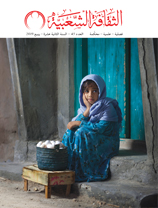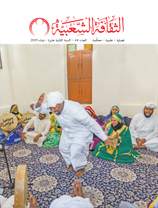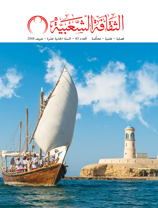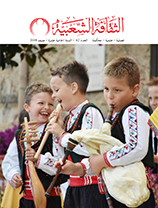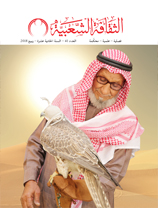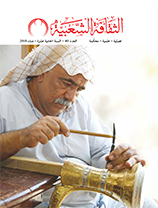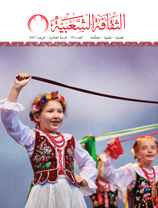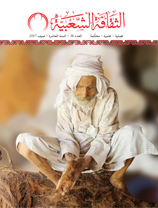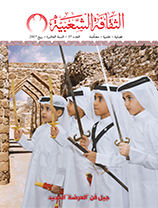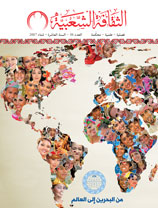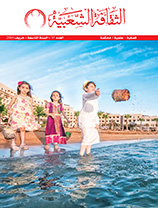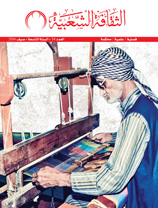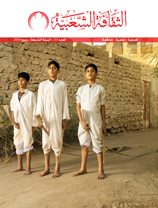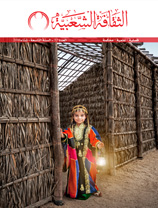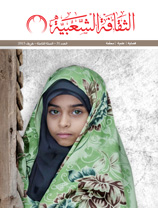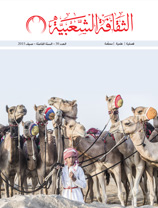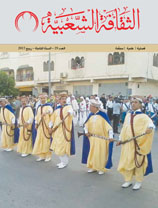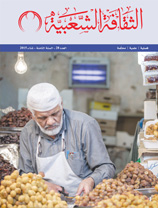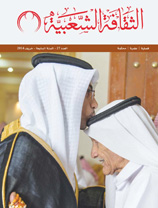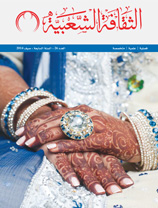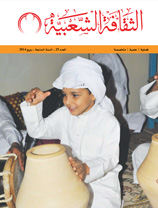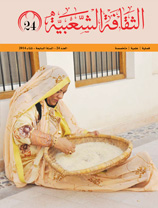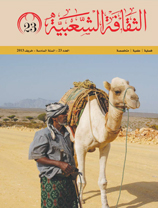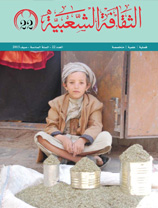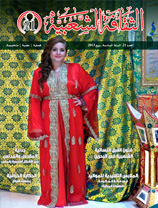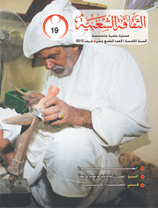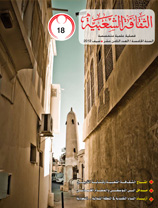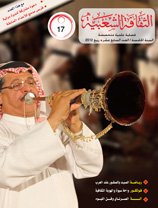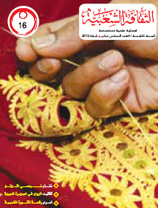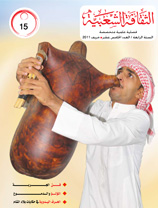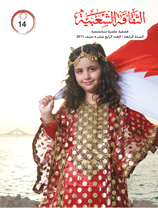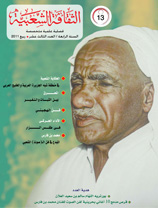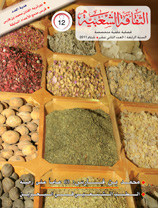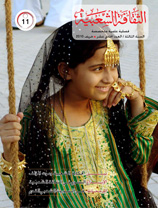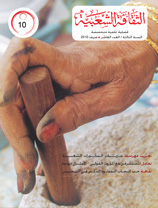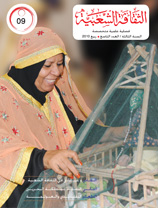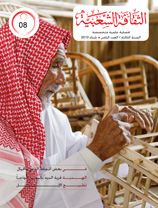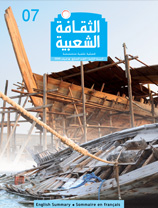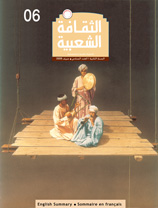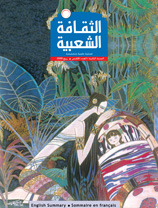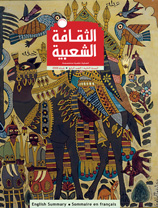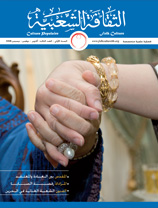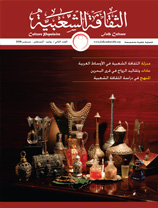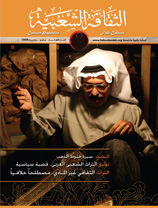Eastern Traditions of Marriage: Exploring Fixed and Variable Elements
Issue 62

Atif Attiah
Professor of Sociology - Higher Institute of Doctoral Studies, Lebanese University
First, it must be emphasised that marriage customs have existed in all human societies and all periods in history. There is no way to study the beliefs and practices of humans in isolation of the marriage phenomenon. This is because marriage ensures the survival of the species. Without marriage, there would be no humans. However, the tradition of marriage is unique to humans; it can be found in studies on all animals, regardless of how they reproduce.
Marriage is a socially sanctioned and legally confirmed union between one man and one woman, either by mutual agreement or by the mediation of a third party. The purpose of marriage can be starting a family or increasing the number of family members, either by the addition of the woman (the wife) or by bringing children to increase the family's social and economic influence. This was, of course, before the change in how marriage is viewed due to the inherent patriarchal system of the nuclear family. This authority that affects not only the wife and children (married or single), but also the children's wives and the fathers' siblings.
In this respect, it is crucial to note that the social reality that generates the family is inextricably tied to its development, its method of production, and its internal interactions, as well as its contacts with the outside world. Therefore, the eldest father, or the eldest son in the case of the father's death, is responsible for managing the family's affairs on behalf of all of the family members, including married and single brothers and sons, single sisters and daughters, and grandkids and granddaughters.
It may go without saying that the manifestations of marriage vary depending on the circumstances of time and place. However, it should be emphasised that this study relies on what formed the basis of long-standing customs, particularly marital customs.
The study aims to present the notion of marriage and all that relates to it as it is in the Arab world and help ensure that this vital part of Arab traditional culture will not be lost. Change brought forth by more contemporary sources has shattered marriage customs that had been integrated into the fabric of daily life.
What remained was what was difficult to change, even if different customs and behaviours adhered to it, as the elements of cultural exchange affected societies and moved us to another reality that separated us from what we inherited from our ancestors.
As a result, the inherited ritual was mixed with the imported, resulting in situations that had little to do with the historic legacy.





